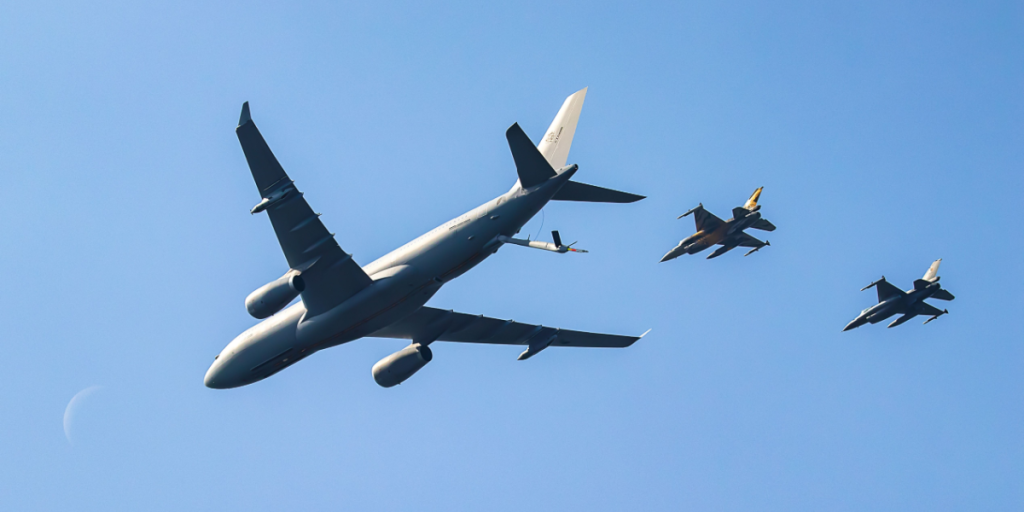“It absolutely is an irony,” said retired Royal Canadian Air Force Major General Scott Clancy, reflecting on the situation.
Others are reading now
When Vladimir Putin lands in Alaska for a high-stakes summit with Donald Trump, he’ll be shielded by the same U.S. fighter jets trained to defend against Russian threats.
The security detail, managed by NORAD, includes the very aircraft that intercepted a Russian bomber just weeks ago.
An Irony Not Lost on NORAD Veterans
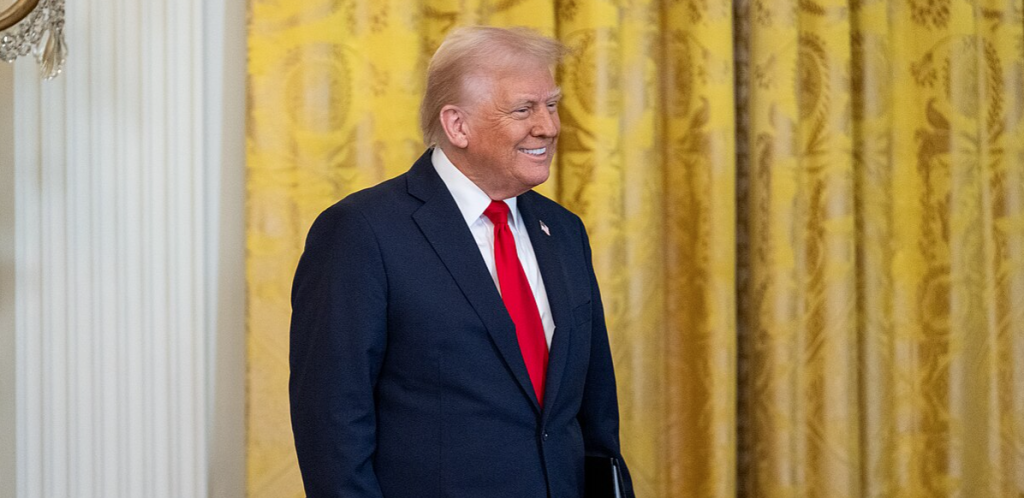
“It absolutely is an irony,” said retired Royal Canadian Air Force Major General Scott Clancy, reflecting on the situation.
Clancy, once deputy commander of NORAD’s Alaska Region, helped orchestrate similar defenses during Trump’s 2019 visit. “It’s the same troops, the same tankers and fighters. That protection never switches off.”
The NORAD Shield Over North America
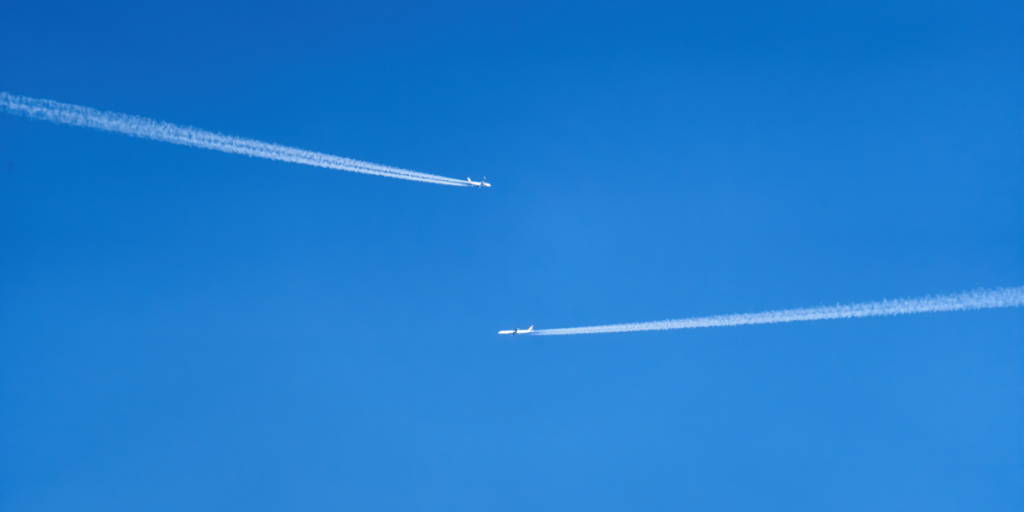
NORAD (North American Aerospace Defense Command), a joint U.S.-Canadian operation, routinely safeguards North American skies from foreign incursions.
Also read
Whether it’s a visiting Russian president or a U.N. speech by Kim Jong-un, the same rules apply: airspace is protected, regardless of politics.
No Room for Russian Escorts
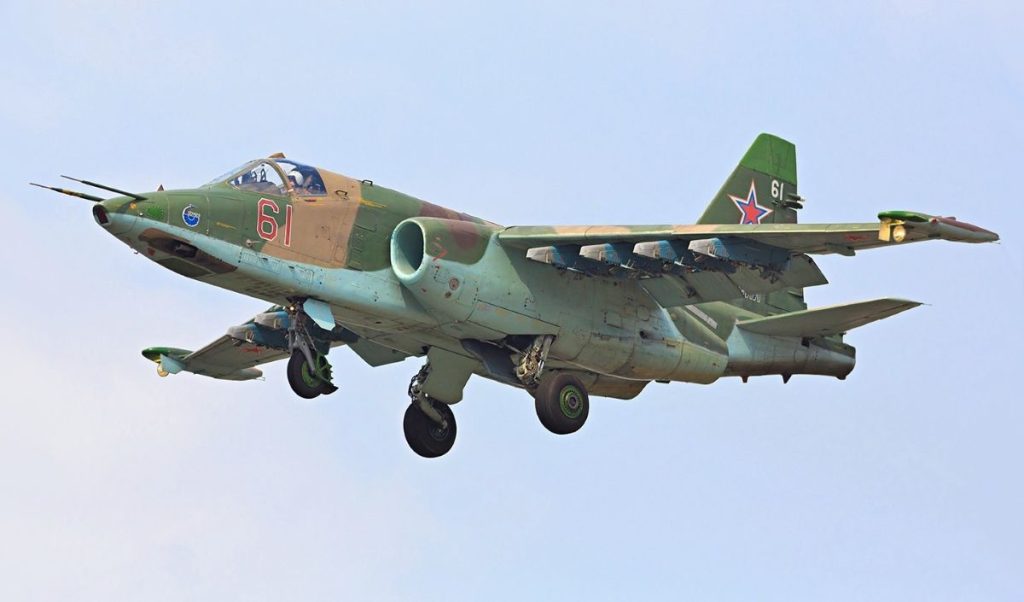
While it’s unclear if Putin’s aircraft will be accompanied by Russian escorts for part of the journey, Clancy said one thing is certain: no Russian fighter will enter U.S. or Canadian airspace. “If they tried, NORAD aircraft would intercept and turn them back,” he noted.
Trump and Putin to Meet at Military Base

Putin’s visit to Joint Base Elmendorf-Richardson in Anchorage marks the first time a Russian leader has set foot in Alaska since the territory was sold to the U.S. in 1867.
The base will serve as the backdrop for a summit expected to draw global attention, and intense security.
Secret Service Leads Tight Security Web
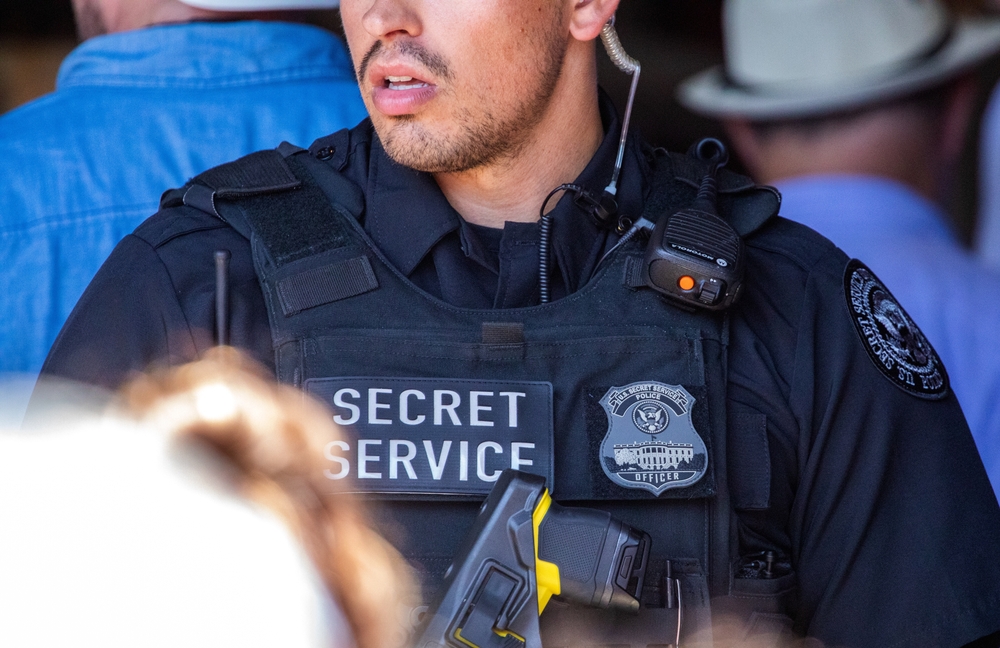
The U.S. Secret Service is leading the massive operation, with NORAD on call for any air-related threats. A “significant” number of aircraft will be on high alert, both in the skies and on the ground, ready to react within moments if needed.
Also read
Recent Tensions Highlight the Stakes
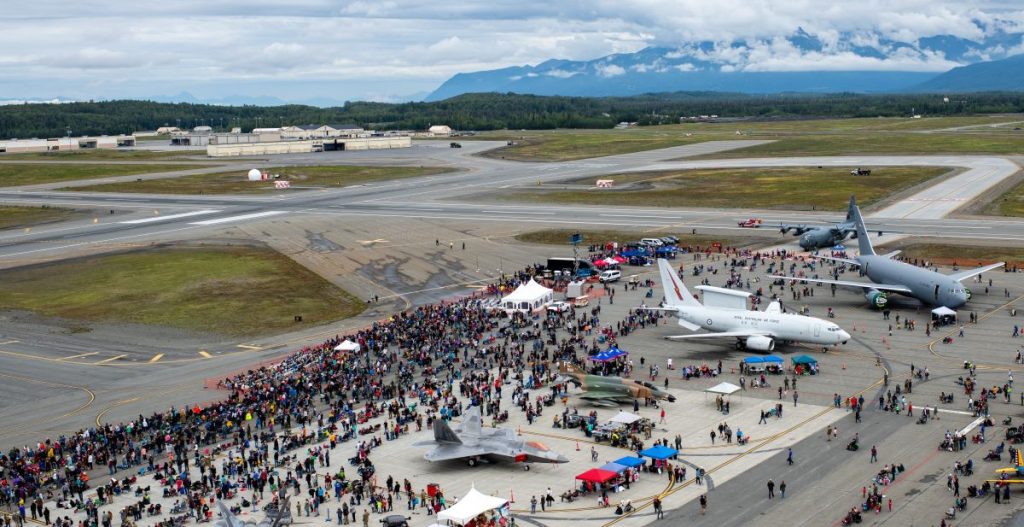
Just three weeks ago, on July 21, NORAD scrambled fighters after Russian bombers and jets approached Alaskan airspace.
The mission, which lasted three hours, involved Tu-95 nuclear-capable bombers and Su-35 fighters entering the Air Defense Identification Zone (ADIZ).
Russian and Chinese Provocations Increasing

In recent years, NORAD has reported a rise in joint Russian-Chinese military activity near U.S. territory. In July 2024, for the first time, a Chinese H-6 bomber joined Russian TU-95s in the ADIZ. “That’s a watershed moment,” said Clancy. “We’ve never seen that before.”
Alarming Trends in Arctic Skies
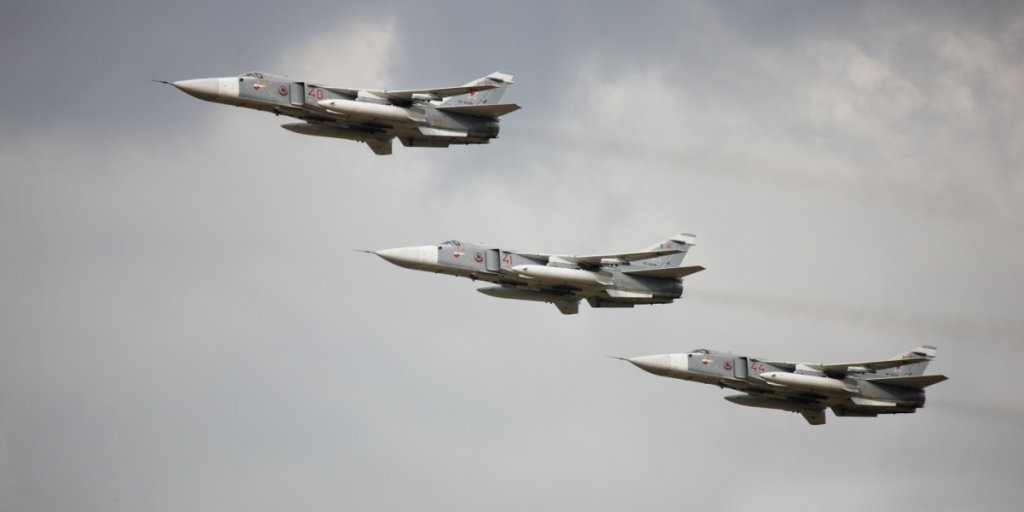
Clancy described a 15-year escalation in Russian air tactics: “More aircraft. They stay longer. They come closer to our coastlines.
They don’t cross into our airspace, but they’re simulating attack runs.” These maneuvers, he warned, are becoming more coordinated and deliberate.
Also read
Why the Putin-Trump Summit Still Matters

Despite the geopolitical tension, Clancy emphasized Putin’s intentions are diplomatic, not confrontational.
“He wants the summit itself to be the story,” Clancy said. “Not the military presence surrounding it.” Still, with tensions simmering, the military will remain on high alert.

